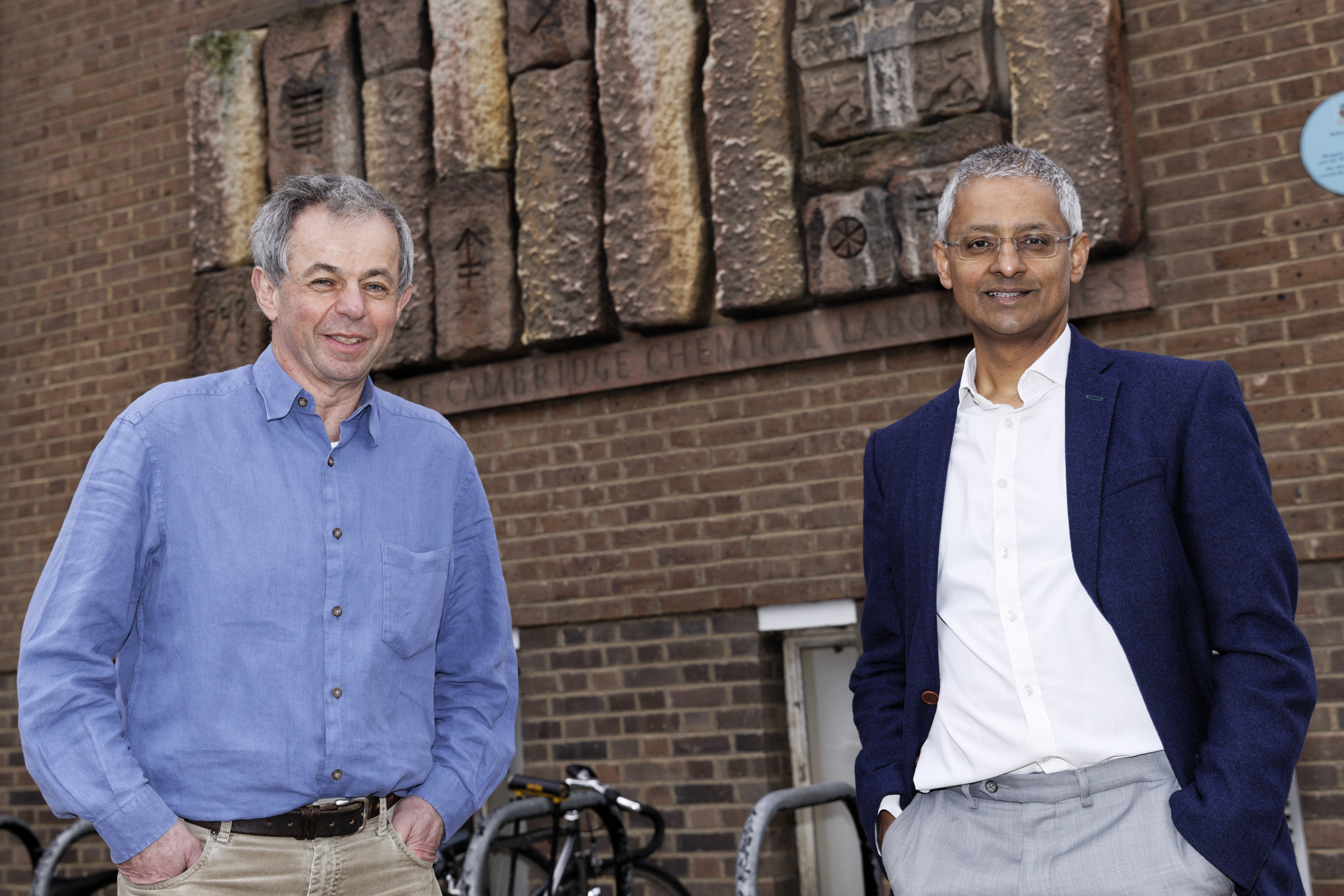Nanostring had an interesting poster presented by Joe Beecham at last years AGBT describing their novel single-molecule hybridization-based sequencing chemistry (see AGBT and JPMorgan 2016 coverage from GenomeWeb). This utilizes the Nanostring optical barcodes in a new configuration to deliver Hyb&Seq: no amplification, no enzymes, and no library prep, single molecule sequencer designed for the clinic .
Today I got the very real pleasure of being the first non-Nanostring person to load and run the instrument. I’m excited by what Nanostring are building. If you want to know more keep an eye on their website and blog.
Introducing Hyb&Seq
At todays AGBT launch Joe Beecham (SVP of R&D) gave an overview of the technology and highlighted multiple proof-of-concept studies presented at AGBT: RNA-Seq, long-read and assembly. There were also talks from Chad Nusbaum, Director of Broad Technology Labs, and Joel Parker, Lineberger Bioinformatics Core in the session.
The Hyb&Seq probes are very different to the standard Nanostring optical barcodes. They are smaller, 20-50nm compared to 2000nm; this enables much faster hybridisation kinetics reducing the cycling from hours to seconds. They are also now only 3 dual-colour serial reporters long compared to the 6 colour linear reporter chemistry presented at #AGBT16. Again this reduces the time to answer as half the cycles are required, with 2bp read on each imaging cycle instead of 1bp. A knock-on of this is the reagent costs are also reduced.





Hyb&Seq oncology panel:
Nanostring presented data from an 11 target panel (e.g. BRAF V600E, EGFR T790M, KRAS G12A).This required the production of 425 sequencing probes for high redundancy sequencing. The data presented confirmed accuracy of variant detection on Horizon reference samples.
I ran an updated 120 target panel designed around COSMIC mutations in the pop-up Nanostring lab.

Hyb&Seq RNA-seq:
Nanostring presented data showing the system can perform direct single-molecule RNA-Seq without cDNA RT or amplification. It is also possible to run targeted RNA-Seq by pulling down specific RNAs from as little as 1ng Total RNA input. And lastly Nanostring presented capture and sequencing of DNA and RNA from the same FFPE sample, with specific probes for each nucleic acid but sequencing on the same flowcell. The data presented suggest that DNA and RNA-Seq on the platform perform equally well.




Hyb&Seq for short or long-read sequencing:
Nanostring can also stretch DNA on their flowcells for sequencing of short- or long-molecules. To be clear you’re not generating long-reads i.e. 3kb of sequence; rather the Hyb&Seq tech generates short-reads along a longer molecule. The images shown on the slides really are amazing; multiple probes hybridised to a single molecule generating multiple sequencing reads at the same time separated by about 3kb along a 15kb molecule. And 33kb was the maximum length shown today, theoretically if you can get 100kb+ DNA you can sequence and phase on Hyb&Seq. This makes the Hyb&Seq technology a new method for generating long-range haplotypes for phasing variants in genes like BRCA. The method should also allow sequencing of specific variant regions obviating the need to sequence the whole molecule.


Summary:
I made it back into the conference hall to see the sequencer and the first results. Amazing that within the 20 minutes it took to get back data is coming off the instrument. Hyb&Seq was an easy protocol to run!
Joe finished off with a brief overview of the Nanostring portfolio including the new Digital Spatial Profiler, an imaging system which sips out the nCounter probes at X:Y co-ordinates and puts them into 96well plates for sequencing (poster 108). He also gave a sneak-peak of what Nanostring hope to present at #AGBT18, and highlighted the desire to engage with the community for collaboration. Expect customer data at#AGBT18 and beta-instruments in 2019.
Diagnostics is a very crowded space and Hyb&Seq will need to compete with many other technologies. However it’s ease of use (no amp, no enzymes, and no library prep), the ability to work directly from FFPE, and the ability to deliver results from DNA and RNA at the same time make the Hyb&Seq tech one to watch.
PS: Thanks for the invite to play on your new system.
PPS: see you at the 33rd floor party at 9:30. How do I get an anarchy at AGBT T-shirt?








[…] of the platform (Additional information on the presentation and technology can be found on James Hadfield’s and Dale Yuzuki’s blog […]
Hi James, great to catch-up with you at AGBT17. Were you able to get your ‘anarchy’ T-shirt, by the way? (They seem to have been in very short supply…) Also – do you think 20M reads which NanoString talked about is too many for a targeted approach, given that the same single molecule is good for multiple reads?
Cheers – Dale
Hi Dale, always fun to catch up at AGBT…so many friends and colleagues there; the Genomics community is such fun! I was lucky enough to get one of the AnarchyGBT T-shirts (thanks Chad). I’ve not much more information than you on what Nanostring’s plans are. However I hope they can move to a single field of view imaging module and still capture enough data for high-quality allele detection at 5% sensitivity for 10-20 variants. This would allow an actionable cancer panel to be run from FFPE with zero prep, and on a lower cost instrument (no moving parts). I also wonder if they can reduce ccles to simply genotype actionable variants e.g. BRAF V600E mutant/wildtype.
[…] Previous […]
[…] ride. Being able to hear about a new technology one year and to be able to run it the next (e.g. Nanostring’s Hyb&Seq at AGBT ’17) shows how fast the pace of development can […]